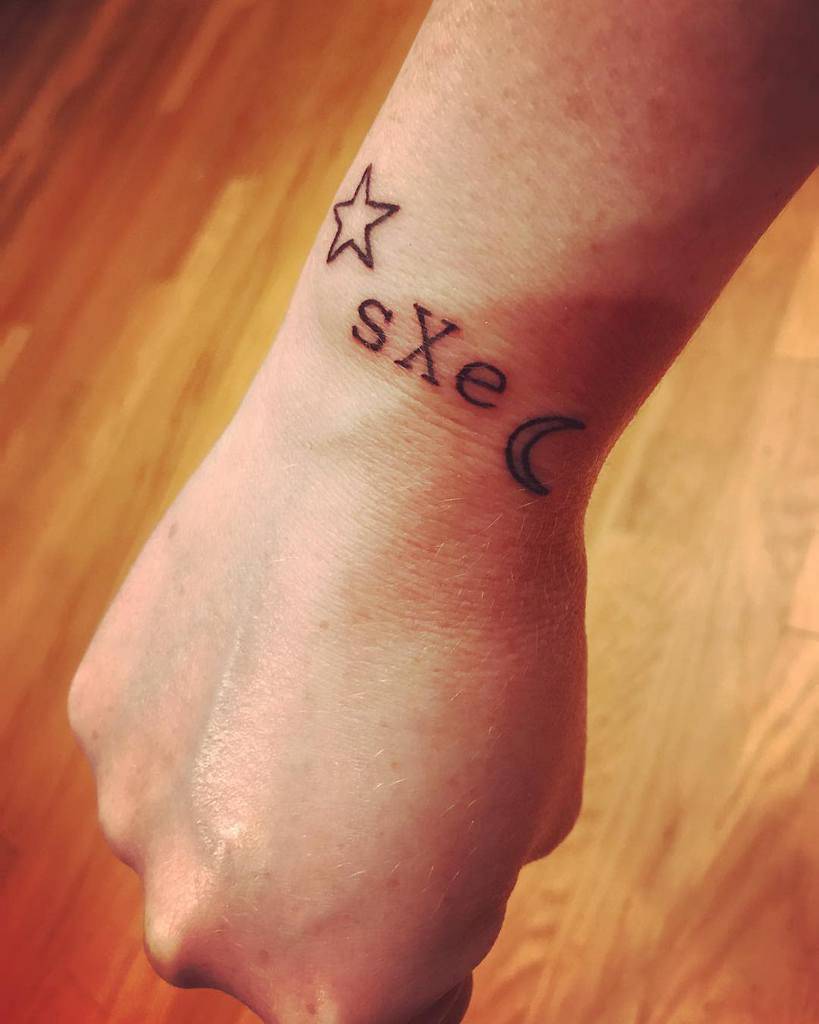Why is My Tattoo Raised? [2021 Information Guide]
During the tattoo healing process –and even randomly years later – you can be afflicted by raised skin. Gain insights into the reasons for this and means to help settle your tattoo when this issue arises.

Tattoos have been a part of human culture for thousands of years. Traditionally used in rituals and rites of passage, in modern times tattoos have become powerful tools for self-expression that let the wearer proudly display the different art and designs that represent their personality. Despite the growing popularity of tattoos, the process can still be intimidating for a first timer.
Besides the different factors that go into a piece—color or black and gray? Abstract or realistic? Placement?!?—sitting for a tattoo also hurts. The act of tattooing is inherently violent, and as with any other physically traumatic process, the body reacts in different ways.
One of the most common questions that newcomers to the world of tattoos ask relates to this process: why is my tattoo raised?
In this piece we will discuss how tattoos affect the body, some of the normal reactions to the process and some red flags to look for that may indicate a more serious situation.
The Process

Tattooing is the process of implanting ink beneath the skin. If you want a tattoo to last and be truly permanent, the process is a bit more complicated than just punching in holes and rubbing ink.
In order to ensure that tattoos stand up to the test of time the ink must be injected deeper than the epidermis (the outer layer of skin). The epidermis is replaced every two weeks or so through the natural process of cell regeneration constantly taking place within the body.
By implanting the ink deeper, this also allows the capillary rich dermis—the deeper layers of skin—to draw the ink in, further saturating the tissue with pigment.






